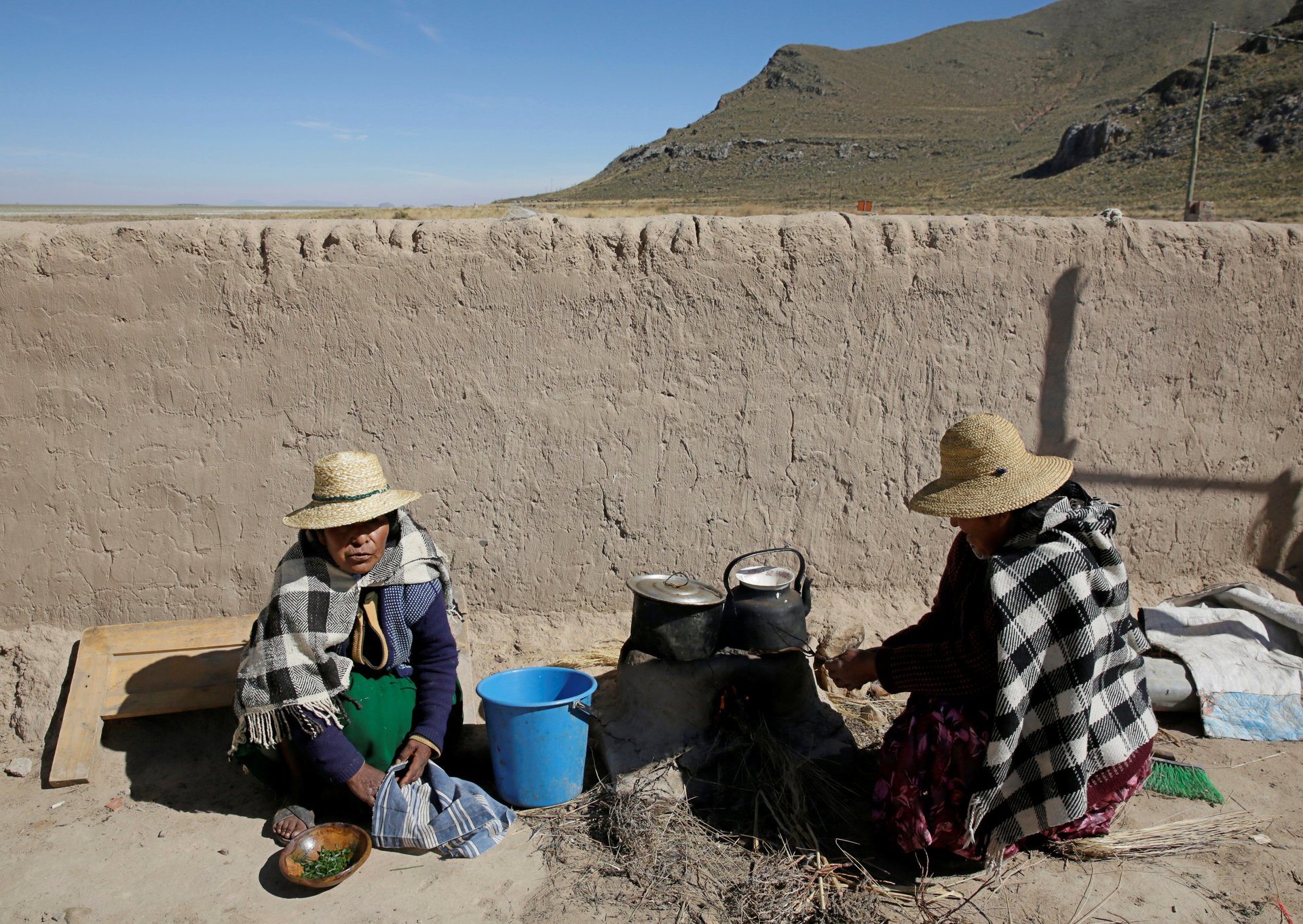Why the UN is worried about the impact of climate change on women
African-American women were among the worst hit by Louisiana's flooding following Hurricane Katrina in 2005

Up to 80% of the people displaced globally by climate change are women.
The 2015 Paris Agreement acknowledged that women are disproportionately affected by droughts, floods, wildfires, and diseases emanating from climate change. It, therefore, made specific provisions for their empowerment, although they continue to suffer more than men.
Moreover, when women stand up against activities that fuel climate change, women are “criminalized and silenced,” with many even being “killed,” according to Michelle Bachelet, UN high commissioner for human rights.
So what can be done to protect them?
Razan Al Mubarak, UN Climate Change High-Level Champion for COP28 and president of the International Union for Conservation of Nature (IUCN), said that 70% of the world’s 1.3 billion poor people are women.
Mubarak spoke to Quartz on a range of issues related to climate change’s effect on this most vulnerable section of women. Due to gender disparities, “women are less likely to survive climate-related hazards,” she said during the interview.
Edited excerpts:
How devastating is the impact of climate change on women?
In the developing world, women are almost exclusively responsible for providing water and fuel for their families and account for 45%-80% of food production, depending on the region. Yet they own less than 10% of the land. Because they depend on natural resources which are becoming increasingly hard to come by, they’re also most acutely aware of and impacted by the changes in their natural environments that climate change precipitates.
Further, women have much more limited access to resources like funding, technology, job training, and access to decision-making that would directly improve their well-being. Women are less likely to survive climate-related disasters due to existing gender inequalities, which can create disparities in information, mobility and access to resources. They’re most vulnerable to heat waves, floods, storms and droughts caused by climate change, and to the many diseases that climate exacerbates. When extreme weather does occur, women end up shouldering the burden of securing the household’s livelihood, leaving less time for the training and education that will help them develop the skills which might ultimately help them escape poverty.
What are you doing to avert this?
One of my key priorities is to advance the Sharm El Sheikh Adaptation Agenda, the first comprehensive global plan to rally both states and non-state actors behind enhancing the resilience among our planet’s four billion people, and ensuring this is done in a just and inclusive way.
One of our campaigns, Roof Over Our Heads, puts women’s collectives at the centre of addressing access to safe and decent housing for the most vulnerable communities. Also, worldwide, there are currently 2.4 billion people who lack access to clean cooking, which results in millions of premature deaths, climate pollutants, unabated forest degradation and a continuous burden on women and children who are typically charged with collecting fuel wood. Thus, we’ve set a shared target for governments, donors and private sector actors to urgently expand access to clean cooking through at least $10 billion in innovative finance each year.
Climate change is not only an ecological crisis, but fundamentally a question of justice, prosperity, and gender equality.
What can the world do to reduce the exposure of women to climate hazards?
Launched two years ago, the Race to Resilience campaign has 39 partners, representing over 2,000 organizations, delivering action in 192 countries. It helps the most vulnerable, frontline communities build resilience and adapt to the physical impacts of climate change, such as extreme heat, drought, flooding and sea-level rise in rural, urban, and coastal areas.
Race to Resilience is placing nature-based solutions front and centre of a number of projects.
Examples include combining mangrove replanting with breakwater building to protect 11 island villages in the Philippines, introducing “pocket parks” in Athens to provide shade during heat waves, and enhancing the livelihoods of 1.5 million farming families across Africa through the restoration of 1.9 million hectares of degraded agricultural land.
